Home>Interior Design>How To Increase Natural Light In Your Home: 11 Light-boosting Ideas
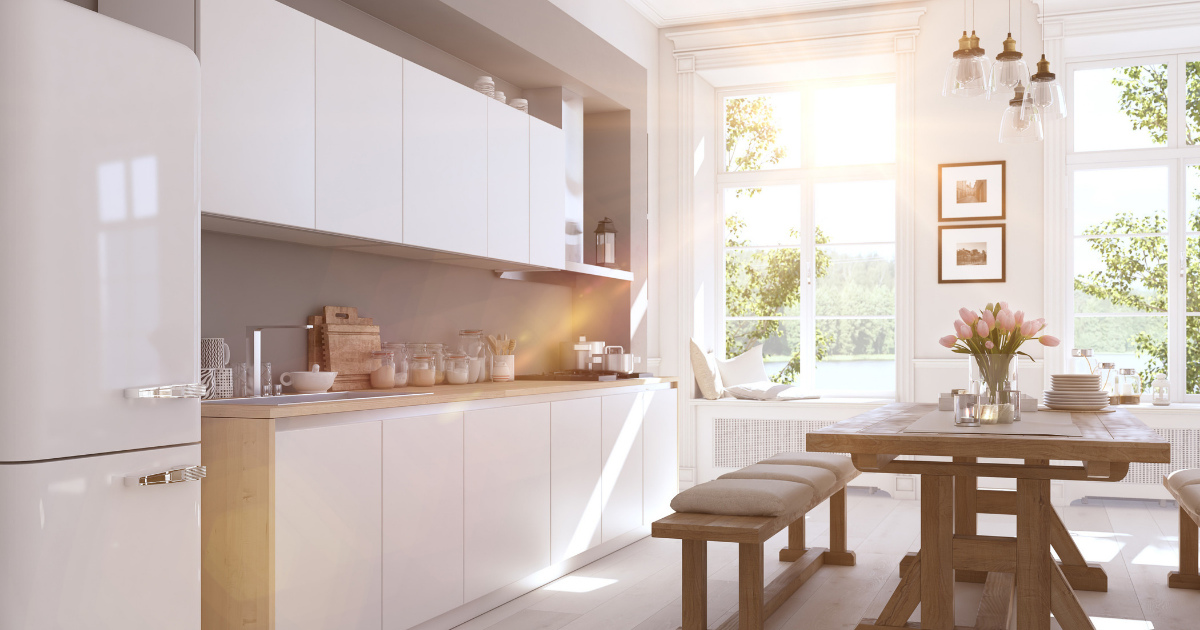

Interior Design
How To Increase Natural Light In Your Home: 11 Light-boosting Ideas
Modified: January 24, 2024
Discover 11 interior design ideas to increase natural light in your home. Transform your space with these light-boosting tips.
(Many of the links in this article redirect to a specific reviewed product. Your purchase of these products through affiliate links helps to generate commission for Storables.com, at no extra cost. Learn more)
Introduction
Welcome to the world of interior design, where the play of light can transform a space into a warm and inviting haven. Natural light is an essential element in any home, as it has the power to enhance our mood, make rooms appear larger, and showcase the beauty of our surroundings.
If you’re looking to increase the natural light in your home, you’ve come to the right place. In this article, we’ll explore 11 light-boosting ideas that will help you make the most of your space and create a bright and airy atmosphere.
From utilizing lighter colors to optimizing window placement and size, we’ll provide you with a comprehensive guide to maximize the natural light in your home. So let’s get started and brighten up your living space!
Key Takeaways:
- Embrace light-reflecting elements such as mirrors, glossy flooring, and reflective wall finishes to amplify natural light, creating a luminous and visually stunning space that maximizes brightness and ambiance.
- Maximize natural light by optimizing window placement, utilizing light-friendly flooring, and incorporating light-enhancing accessories. Open up floor plans and consider open staircase designs to promote light flow and a sense of spaciousness.
Read more: 15 Ways To Increase Natural Light At Home
Use Lighter Colors for Walls and Furniture
One effective way to increase natural light in your home is to use lighter colors for your walls and furniture. Lighter shades, such as whites, creams, and pastels, have the ability to reflect and amplify natural light, making a room appear brighter and more spacious.
When it comes to painting your walls, opt for lighter shades that will bounce light around the room. White is an obvious choice, but you can also consider pale yellows, soft blues, or light grays. These colors create a fresh and airy feel, giving the impression of a naturally illuminated space.
In addition to painting the walls, choosing light-colored furniture can further enhance the brightness of a room. Opt for pieces made from materials like light woods or those upholstered in neutral or pastel-colored fabrics. These choices will help reflect light and prevent the absorption of too much darkness, adding to the overall luminosity of the space.
When selecting furniture, also consider its shape and design. Open and airy pieces with clean lines and minimalistic designs allow light to flow more freely around the room. Avoid bulky or visually heavy furniture as it can create shadows and inhibit the natural light from spreading.
By incorporating lighter colors on your walls and furniture, you can amplify the natural light in your home and create a bright, open, and inviting atmosphere.
Optimize Window Placement and Size
Windows play a vital role in bringing natural light into your home. To maximize this light source, it’s important to optimize both the placement and size of your windows.
Firstly, consider choosing larger windows if possible. Larger windows allow for more light to enter the room, making it feel brighter and more spacious. If you’re renovating or building a new home, consult with an architect or designer who can help you determine the best window sizes for each room.
In addition to window size, the placement of windows is also crucial. Take note of the direction of the sun throughout the day and position your windows accordingly. East-facing windows will receive the most sunlight in the morning, while west-facing windows will let in the warm afternoon light. South-facing windows tend to receive consistent light throughout the day, while north-facing windows provide a softer, indirect light.
Once your windows are properly placed, it’s time to rearrange your furniture to make the most of the natural light. Avoid blocking your windows with large furniture pieces or heavy curtains. Instead, position your furniture in a way that allows the light to flow freely into the room. Consider placing seating areas near windows, so you can enjoy the natural light while reading, working, or relaxing.
If you have multiple windows, arrange your furniture to face them, so you can enjoy the outside view and maximize the amount of incoming light. This arrangement not only brightens the space but also creates a sense of connection between the indoors and outdoors.
By choosing larger windows and strategically arranging your furniture, you can optimize natural light in your home, creating a bright and inviting atmosphere.
Remove Obstructions
To allow more natural light into your home, it’s important to remove any obstructions that may be blocking the light from entering your windows. Here are two key steps you can take to ensure maximum light flow:
Firstly, assess the exterior of your home. Take a look at the trees, bushes, or any other foliage that may be growing near your windows. Overgrown branches and foliage can create shadows and block sunlight from entering your space. Trim back any tree branches or bushes that obstruct the windows, allowing more light to reach the interior of your home.
Secondly, take a look at your window treatments. Heavy curtains or blinds can significantly reduce the amount of natural light that enters your home. Consider opting for lighter and sheer curtains that allow light to pass through more easily. If privacy isn’t a concern, you may even choose to forgo window treatments altogether.
Another option is to install blinds or shades that can be easily adjusted to let in more light when desired. Choose lighter colors for your window treatments to help reflect light around the room.
Removing any obstructions, both outside and inside your home, will allow for a more unobstructed flow of natural light. By doing so, you’ll instantly brighten up your space and create a sunlit ambiance.
Install Skylights or Solar Tubes
If you’re looking for ways to bring in more natural light from above, installing skylights or solar tubes can be a great solution. These options are especially beneficial in rooms with limited access to windows or in areas where traditional windows may not be feasible.
Skylights are windows placed on the roof that allow natural light to enter from above. By installing skylights, you can bring in additional overhead light, creating a bright and open atmosphere. Skylights can be particularly effective in rooms like bathrooms, kitchens, or living rooms where ample lighting is desired.
When considering skylights, keep in mind their placement and size. Place them strategically to maximize sunlight, taking into consideration the position of the sun throughout the day. Also, consider the size of the skylights to ensure they provide enough light without overpowering the room or causing excessive heat gain.
An alternative to skylights is the use of solar tubes, also known as sun tunnels or light tubes. Solar tubes capture sunlight on the roof and channel it through reflective tubes to provide natural light in rooms below. They are a cost-effective and eco-friendly way to bring in natural light, especially in areas with limited roof space or where skylights may not be practical.
Solar tubes work well in hallways, closets, or small rooms where traditional windows or skylights may not be possible. They are designed to distribute natural light evenly, creating a soft and diffused glow throughout the space.
Whether you choose skylights or solar tubes, both options offer an effective way to bring in more natural light from above. Not only will these additions enhance the brightness of your home, but they will also add a touch of architectural interest to your space.
Use Mirrors Strategically
When it comes to increasing natural light in your home, mirrors can be your secret weapon. Mirrors have the ability to reflect and amplify light, making a room appear brighter and more spacious. Here are two ways you can strategically use mirrors to enhance the natural light:
Firstly, place mirrors opposite windows. By positioning a mirror directly across from a window, you can bounce natural light back into the room, effectively doubling the amount of light. This technique is particularly useful in rooms with limited windows or those that face a shaded area outside. The mirror will help capture and redistribute the available natural light, making the room feel brighter and more inviting.
Secondly, consider incorporating mirrored furniture or decor into your space. Mirrored surfaces have the ability to reflect and scatter light, creating a luminous and visually expansive effect. Choose mirrored accent tables, dressers, or even wall-mounted mirrors to enhance the presence of natural light in your home. These pieces will not only brighten the space but also add a touch of elegance and sophistication to your interior design.
When using mirrors, be intentional with their placement. Consider the angle and placement of the mirror to optimize light reflection. Experiment with different sizes and shapes to find the perfect balance that complements your space. Additionally, keep in mind that mirrors can also reflect clutter or unsightly elements, so make sure to position them in a way that showcases the most appealing aspects of the room.
By strategically placing mirrors and incorporating mirrored furniture or decor, you can harness the power of natural light and create a brighter, more spacious feel in your home.
Trim or Replace Window Treatments
Window treatments play a significant role in controlling the amount of natural light that enters your home. To maximize the brightness in your space, consider trimming or replacing your window treatments with lighter options. Here are two suggestions to achieve this:
Firstly, opt for sheer curtains or blinds. Sheer fabrics allow natural light to pass through while still providing a level of privacy. These lightweight materials diffuse the incoming sunlight, creating a soft and ethereal glow in the room. Sheer curtains also have the added benefit of allowing a gentle breeze and a view of the outdoors, further enhancing the overall sense of lightness and openness.
Secondly, if you currently have thick, heavy drapes, consider replacing them with lighter materials. Heavy drapes can block out a significant amount of natural light, making your space feel darker and more closed-off. Look for curtains or drapes made from lighter fabrics, such as linen or cotton, that allow light to filter through while still providing some level of privacy and style.
When selecting new window treatments, opt for light-colored options that will help reflect natural light throughout the room. Consider colors like whites, creams, or pastels to create a bright and welcoming ambiance.
In addition to the type and color of your window treatments, also be mindful of their length and how they are hung. Choose curtains that are long enough to brush the floor but avoid having them puddle on the ground, as this can create shadows and block the incoming light. Hanging curtains higher and wider than the actual window frame can also make the space appear larger and allow for more natural light to enter.
By trimming or replacing your window treatments with sheer curtains, blinds, or lighter drapes, you can transform your space into a light-filled haven, where natural light can freely illuminate your home.
Consider using light-colored and reflective surfaces such as mirrors, glass, and metallic finishes to help bounce natural light around the room and make it feel brighter.
Clean and Maintain Windows Regularly
One of the simplest yet most effective ways to maximize natural light in your home is to keep your windows clean and well-maintained. Over time, windows can accumulate dirt, dust, and grime, which can significantly obstruct the passage of sunlight. Here are two key steps you can take to ensure your windows are in top condition:
Firstly, make it a habit to clean your windows inside and out on a regular basis. This will help remove any dirt, smudges, or fingerprints that may be reducing the amount of natural light that enters your home. Use a glass cleaner or a homemade solution of vinegar and water to achieve streak-free results. Pay attention to the window frames and tracks as well, ensuring they are free from debris and functioning properly.
Secondly, consider removing screens from your windows, especially during times when natural light is plentiful. Screens can create a barrier that filters and reduces the amount of sunlight that enters your home. By temporarily removing the screens, you can allow for unobstructed light flow, making your space feel brighter and more open.
Regular window cleaning not only helps increase the amount of natural light but also improves the overall aesthetic appeal of your home. Clear, sparkling windows can enhance the views from inside and create a more enjoyable and uplifting atmosphere.
It’s worth noting that it’s a good idea to clean your windows on a cloudy day or when the glass is not exposed to direct sunlight. This helps prevent streaks and ensures that the cleaning solution does not dry too quickly, allowing you to achieve the best results.
By cleaning your windows regularly and removing screens when appropriate, you can maximize the natural light that enters your home and create a brighter and more inviting living space.
Utilize Light-Reflecting Surfaces
An effective way to enhance natural light in your home is by utilizing light-reflecting surfaces on your floors and walls. Choosing glossy or reflective materials can help bounce light around the room, creating a bright and open atmosphere. Here’s how you can incorporate this technique:
Firstly, when selecting flooring options, consider materials with a glossy finish. Hardwood, laminate, or tile floors with a polished surface have the ability to reflect light, adding a natural radiance to your space. Light-colored flooring, such as light oak or white marble, can further amplify the brightness, making the room feel more airy and spacious.
Secondly, extend the concept of light reflection to your walls. Opt for paint with a satin or semi-gloss finish, as these surfaces have a subtle sheen that can help bounce natural light around the room. Light colors, like whites, creams, or pale pastels, are excellent choices for creating a light-reflecting effect. Consider using these shades to paint your walls, especially in areas where natural light is limited.
In addition to paint, you can also explore using reflective materials for your wall finishes, such as mirrored panels or tiles. Reflective wall surfaces not only create a stunning visual impact but also multiply the amount of light within the space, making it appear brighter and more inviting.
Remember to strategically place mirrors or other light-reflecting elements on walls opposite windows or light sources to maximize the light reflection. By doing so, you’ll create a room that seems filled with natural light, even in areas where direct sunlight may not reach.
Utilizing light-reflecting surfaces can have a significant impact on the overall brightness and ambiance of your home. By incorporating glossy flooring and reflective wall finishes, you’ll create a luminous and visually stunning space that maximizes the natural light available.
Add Light-Enhancing Accessories
When it comes to increasing natural light in your home, it’s not just about relying on sunlight alone. Adding the right light-enhancing accessories can help brighten up your space even on cloudy days or during the evening. Here are two ways to incorporate these accessories:
Firstly, consider incorporating light fixtures with higher wattage bulbs. By opting for bulbs with higher wattages, you can increase the overall brightness of the room. Be mindful of the appropriate wattage for each fixture to avoid overpowering the space or causing glare. Experiment with different types of bulbs, such as LEDs or daylight bulbs, to find the right balance of brightness and warmth for your desired ambiance.
In addition to ceiling fixtures, strategically use table lamps and floor lamps to enhance the natural light. Place them in areas where additional illumination is needed or where you want to create a cozy and inviting atmosphere. Position table lamps near seating areas, desks, or bedside tables, while floor lamps can be placed in corners or used to highlight specific areas of the room. Ensure the lampshades allow for adequate light diffusion, and consider using light-colored or translucent shades to maximize the spread of light.
When choosing light-enhancing accessories, also consider the design and style of the fixtures. Opt for options that have reflective surfaces or shades that direct light upwards or outwards, helping to distribute the light more effectively. This will not only enhance the brightness but also add a touch of style and visual interest to your space.
Remember, the goal is to complement the natural light and create a well-lit environment throughout the day. Use a combination of natural light and artificial light sources to illuminate your home, adjusting the intensity as needed depending on the time of day and the desired ambiance.
By incorporating light fixtures with higher wattage bulbs and using table lamps and floor lamps strategically, you can boost the overall brightness in your space, creating a warm and inviting atmosphere any time of day.
Opt for Light-Friendly Flooring
The type of flooring you choose can have a significant impact on the overall brightness and ambiance of your home. To maximize the natural light in your space, consider opting for light-friendly flooring options that help enhance the brightness and make your rooms feel more expansive. Here are two suggestions:
Firstly, when selecting flooring materials, choose lighter-colored options. Lighter shades, such as light woods, pale tiles, or light-colored carpets, have the ability to reflect and amplify natural light, giving the room a brighter and more open appearance. Light-colored flooring creates a seamless flow of light throughout the space, making it feel more airy and spacious.
If you prefer hardwood flooring, opt for lighter wood species such as maple, ash, or oak with a light stain. Light-colored laminate or vinyl flooring options are also available, providing a cost-effective and durable alternative with the added benefit of being easy to maintain.
Secondly, consider using polished or reflective materials for your flooring. Polished materials, such as glossy tiles or polished concrete, have a smooth and reflective surface that can bounce natural light around the room, further enhancing its brightness. Reflective flooring materials create a sense of depth and dimension, making your space feel more vibrant and light-filled.
In addition to the color and finish, also consider the texture of the flooring. Smooth textures, such as polished stone tiles or glossy finishes, are more light-friendly as they reflect light more effectively compared to textured or matte surfaces.
Remember to keep the rest of your interior design in mind when selecting light-friendly flooring options. Consider how the flooring will complement the overall color scheme and style of your space. Light-colored flooring can provide a neutral and versatile base that allows your furniture, accessories, and walls to shine.
By selecting lighter-colored flooring options and utilizing polished or reflective materials, you can create a bright and inviting atmosphere that maximizes the natural light in your home.
Consider Interior Layout and Design
The layout and design of your interior space can greatly influence the amount of natural light that flows throughout your home. To optimize the natural light and create a bright and open environment, consider the following tips:
Firstly, open up your floor plans. Removing unnecessary walls or partitions can create an open and airy feel, allowing natural light to flow freely from one area to another. Consider combining adjoining rooms to create larger, open spaces that maximize the impact of natural light. Open floor plans not only enhance the brightness but also promote a sense of connectivity and spaciousness.
When planning your interior layout, be mindful of the positioning of walls and doors to ensure that they don’t obstruct the flow of light. Consider using glass partitions or interior windows to maintain privacy while still allowing light to pass through.
Secondly, consider utilizing an open staircase design. Staircases can be a significant obstruction for natural light, blocking the flow between different levels of your home. By opting for an open staircase design, you can minimize this obstruction and allow light to move more freely through the space.
An open staircase design can take various forms, such as floating stairs or those with open risers. This not only improves light flow but also creates a visually striking focal point in your interior design. Additionally, using materials like glass or metal for the handrails and balustrades can further enhance the open and light-filled effect.
By incorporating an open floor plan layout and utilizing an open staircase design, you can maximize the natural light in your home, creating a bright and inviting environment that feels more spacious and connected.
Conclusion
Increasing the natural light in your home not only enhances the visual appeal but also creates a welcoming and uplifting atmosphere. By implementing the 11 light-boosting ideas discussed in this article, you can transform your living space into a bright and airy haven.
Starting with the use of lighter colors for your walls and furniture, you can create a canvas that reflects and amplifies natural light. Optimize window placement and size to maximize light flow and rearrange furniture to take full advantage of the available sunlight. Removing obstructions such as tree branches and heavy curtains allows for unobstructed light entry.
Consider installing skylights or solar tubes to introduce more overhead light from above. Utilize strategically placed mirrors to reflect and amplify light, and choose light-friendly flooring materials that enhance brightness. By trimming or replacing window treatments with sheer fabrics and cleaning and maintaining your windows regularly, you allow for maximum natural light entry.
Enhance light flow further by incorporating light-enhancing accessories, such as light fixtures with higher wattage bulbs, table lamps, and floor lamps. Opt for glossy or reflective materials for floors and walls to bounce light around the room. Lastly, consider the layout and design of your space, opening up floor plans and utilizing open staircase designs to promote light flow and a sense of spaciousness.
By implementing these light-boosting ideas, you can create a home that feels bright, vibrant, and connected to the outdoors. Enjoy the uplifting benefits of natural light throughout your space and experience the difference it can make in your everyday life.
Frequently Asked Questions about How To Increase Natural Light In Your Home: 11 Light-boosting Ideas
Was this page helpful?
At Storables.com, we guarantee accurate and reliable information. Our content, validated by Expert Board Contributors, is crafted following stringent Editorial Policies. We're committed to providing you with well-researched, expert-backed insights for all your informational needs.
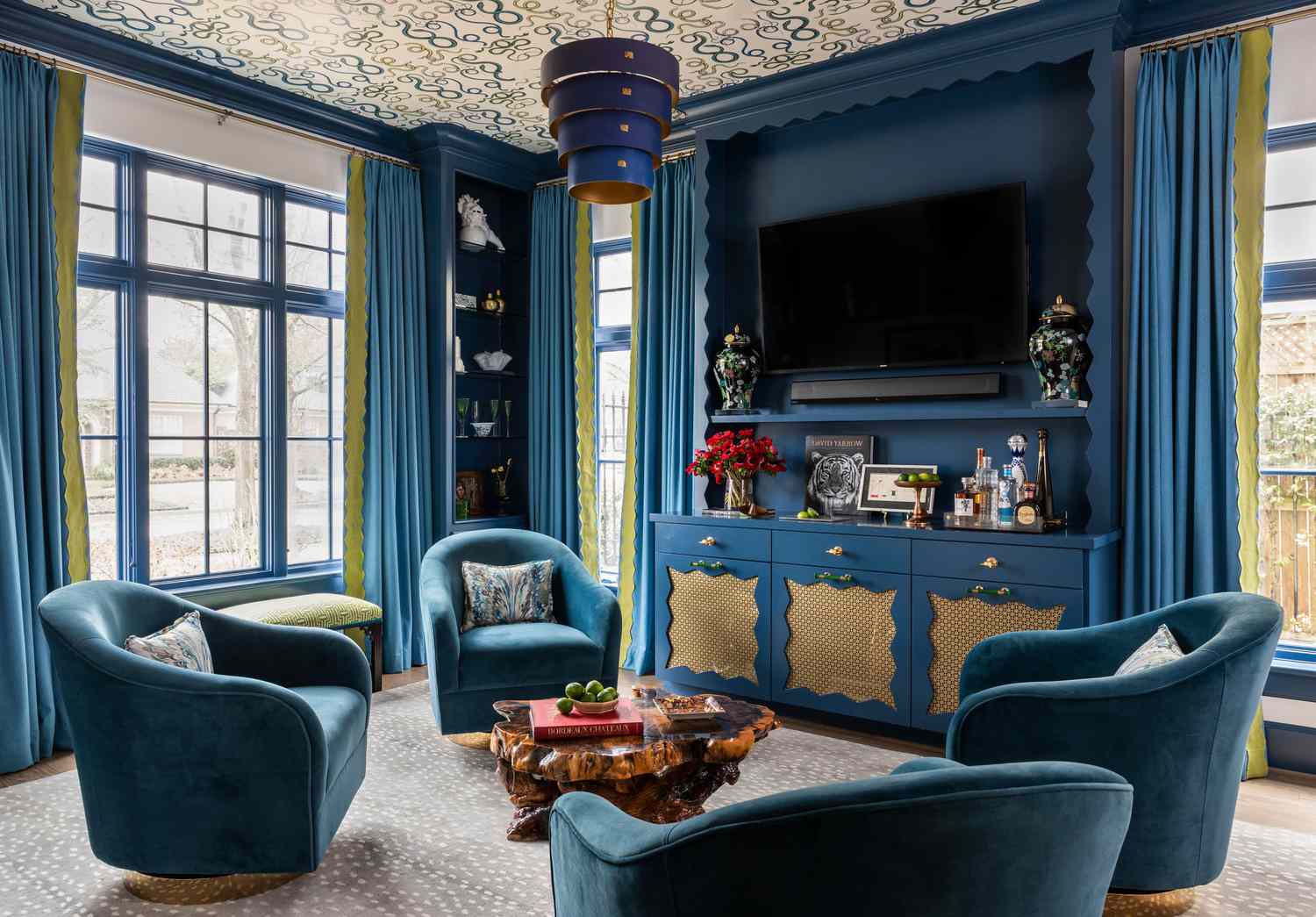
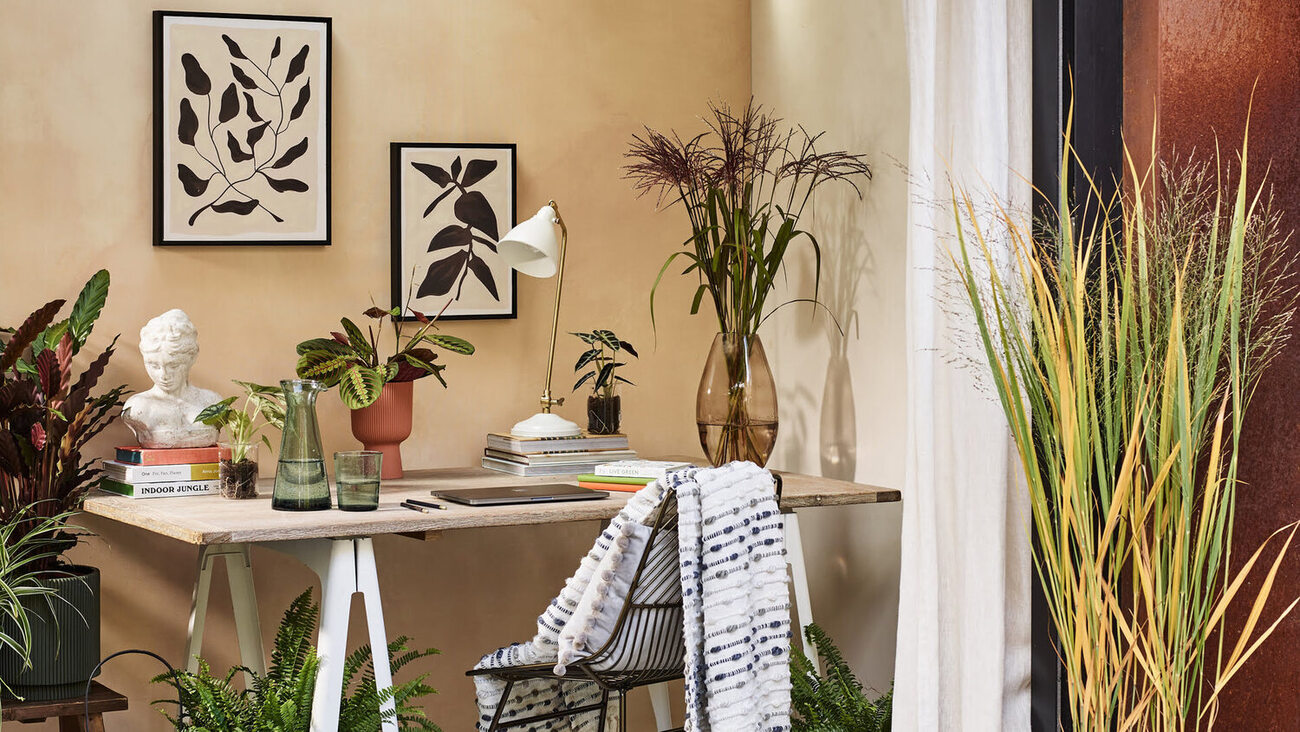
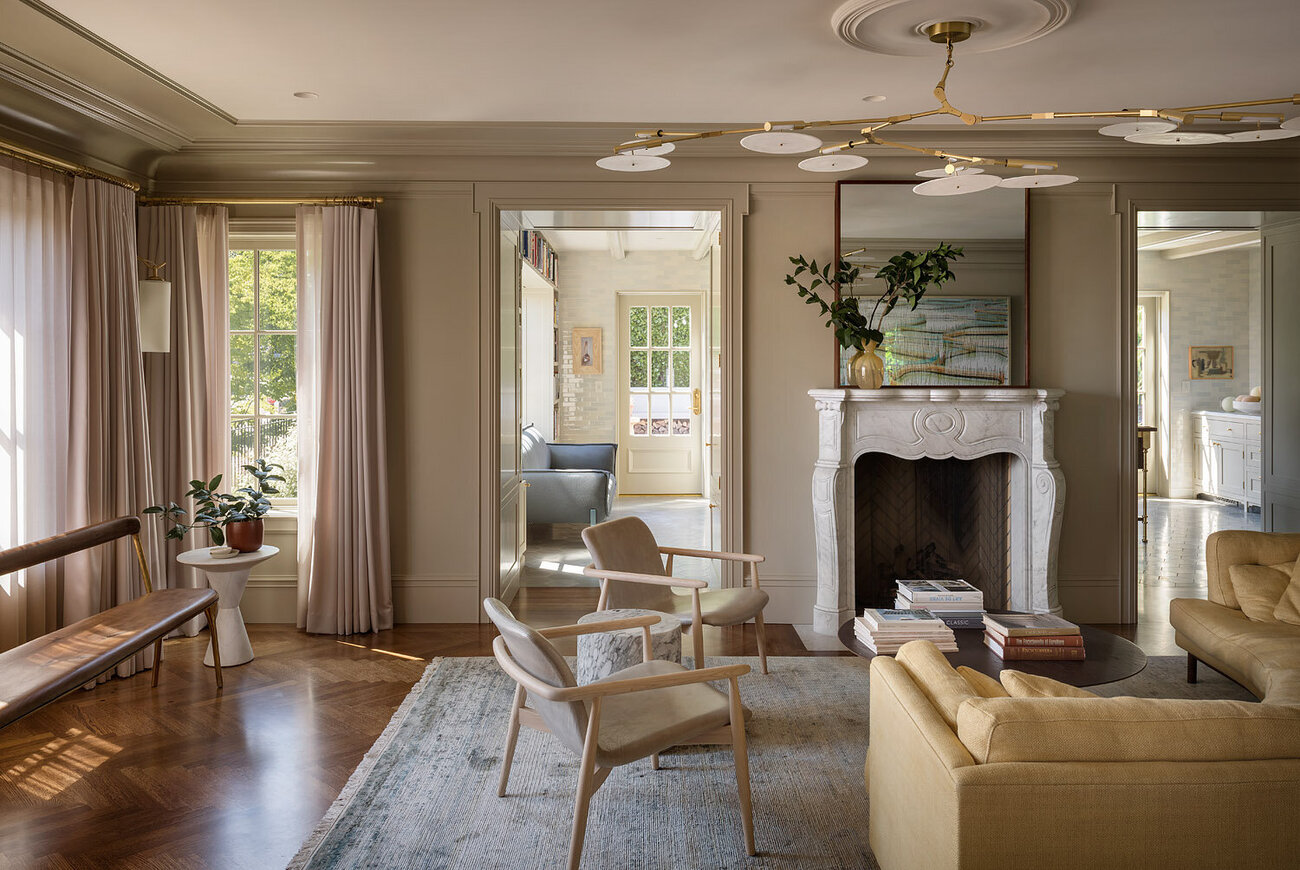
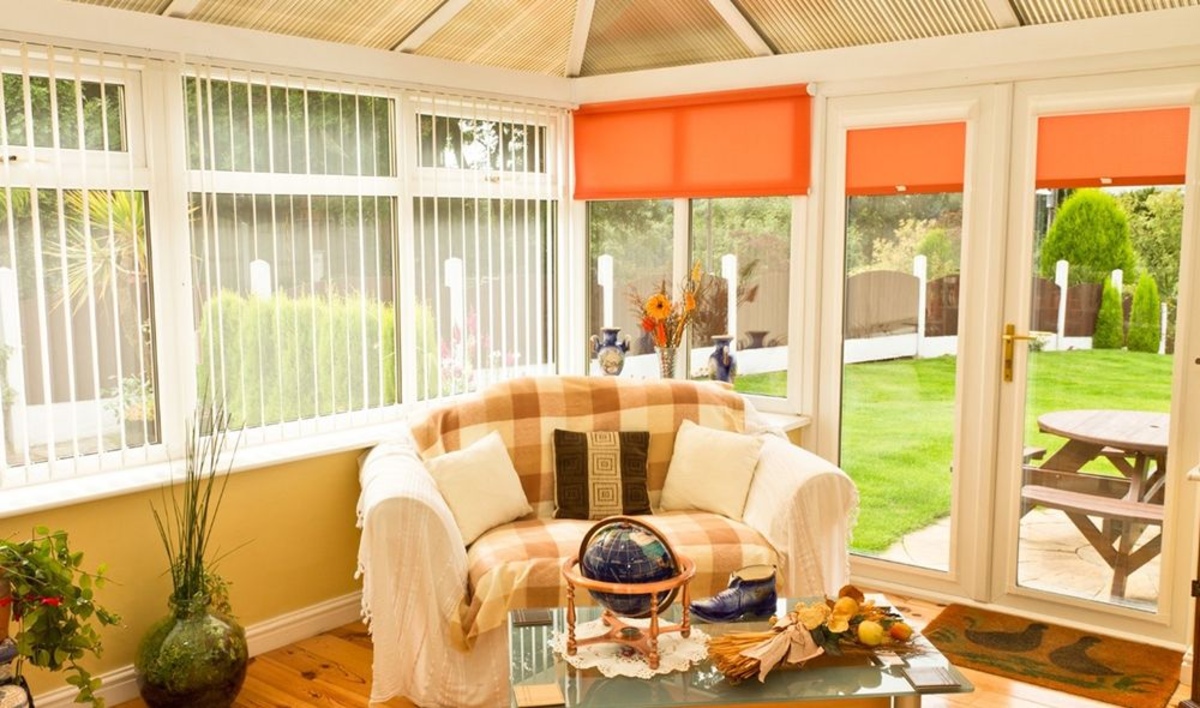


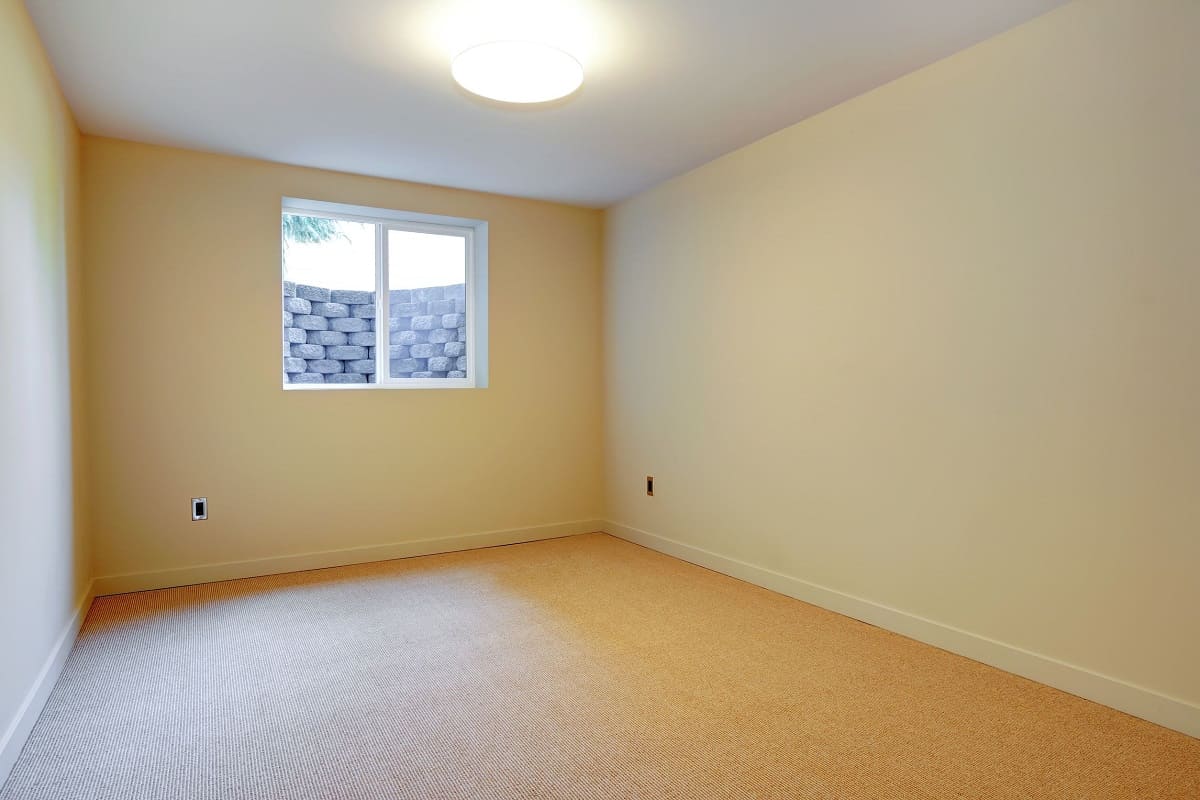


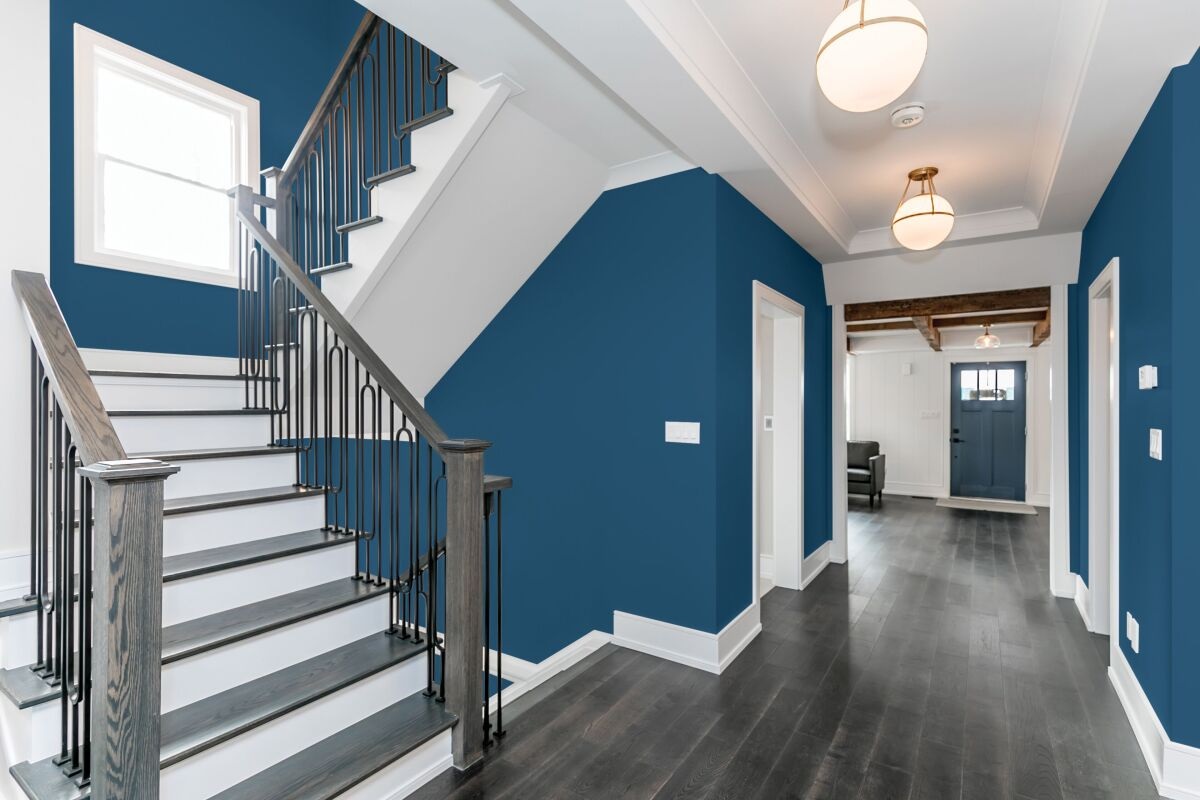
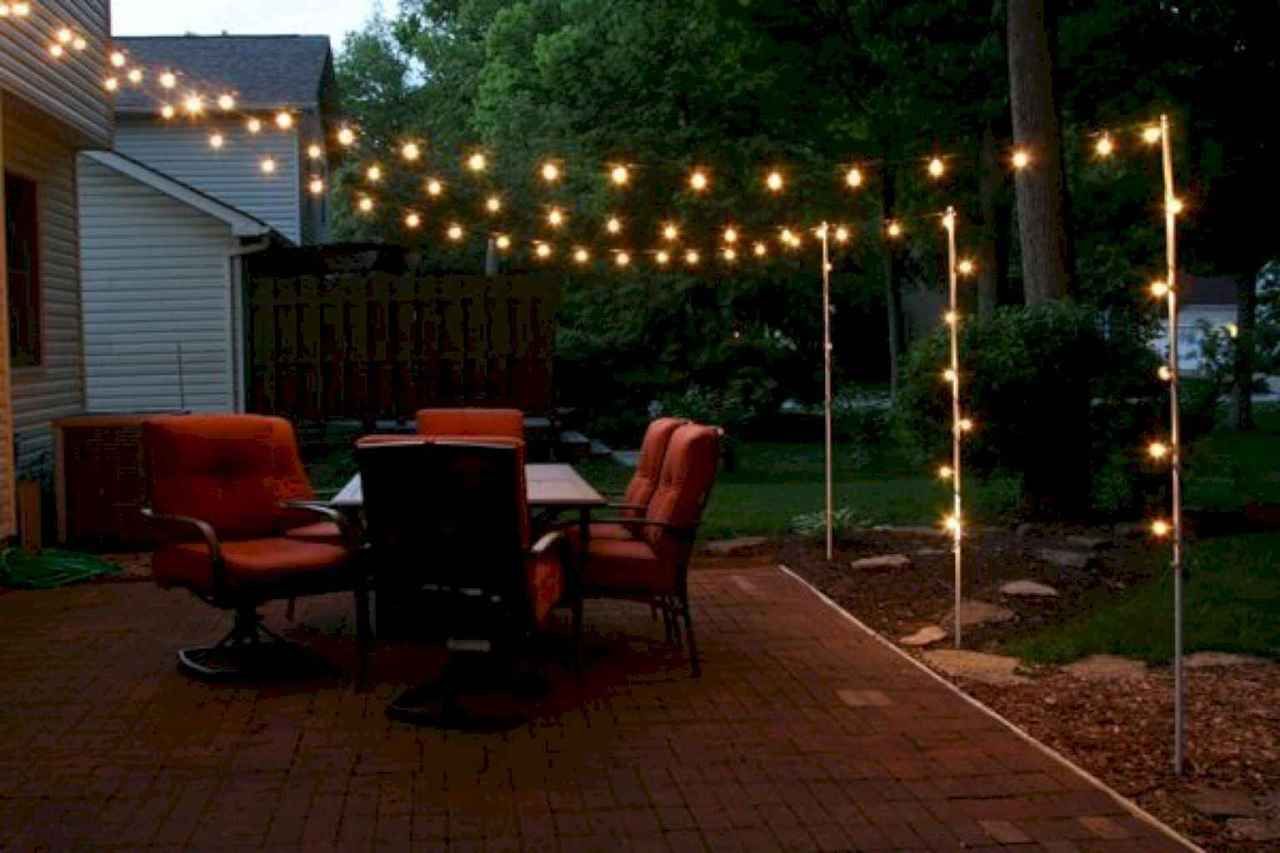
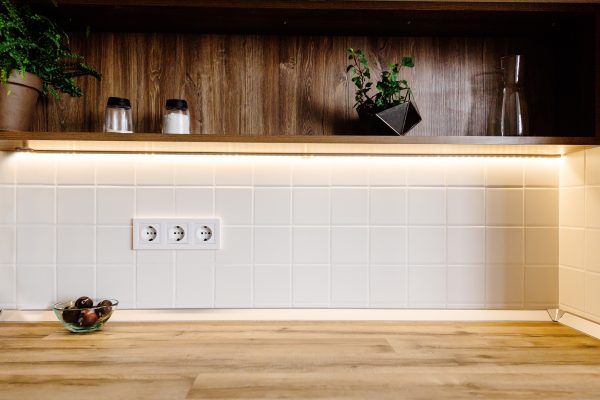
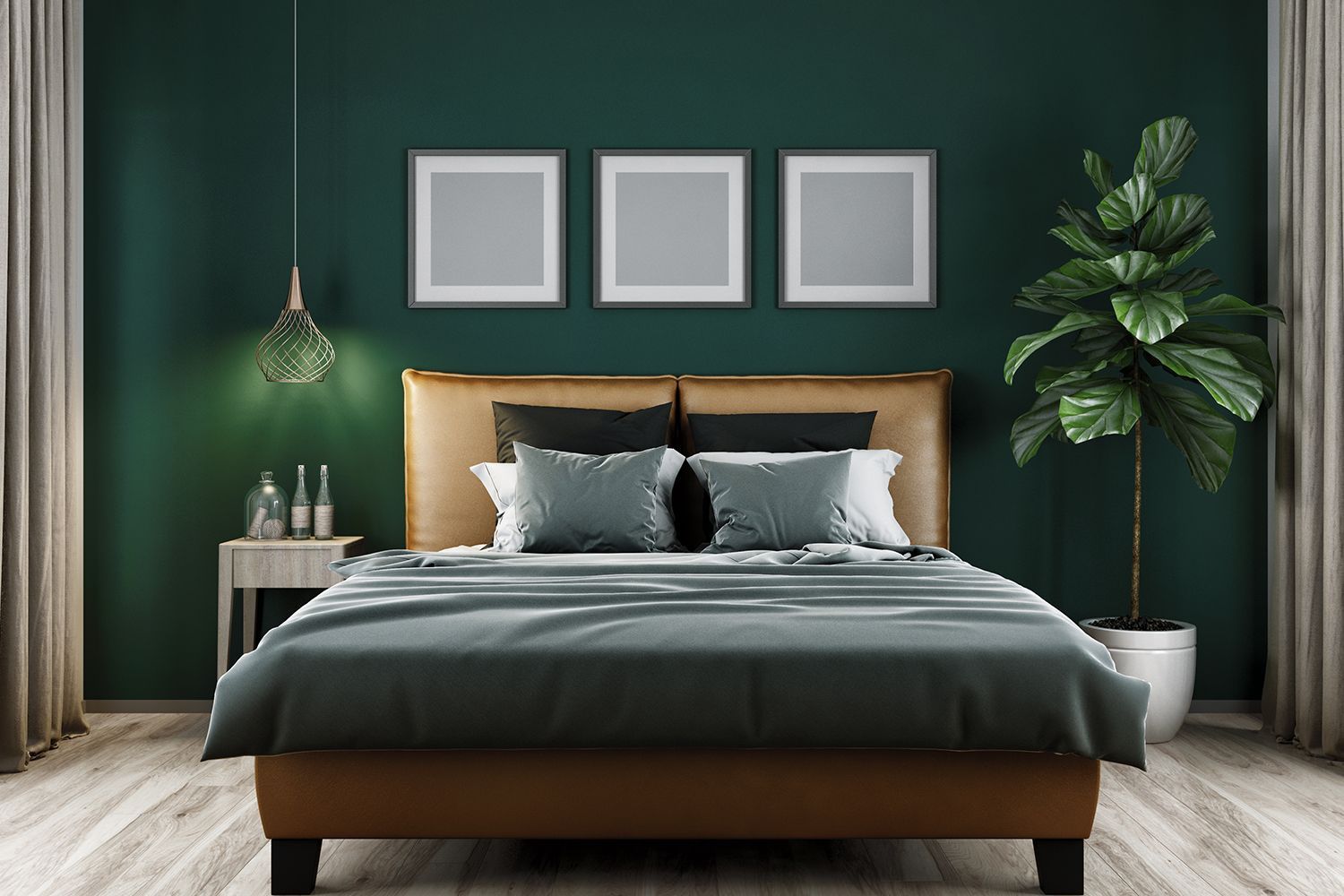

0 thoughts on “How To Increase Natural Light In Your Home: 11 Light-boosting Ideas”